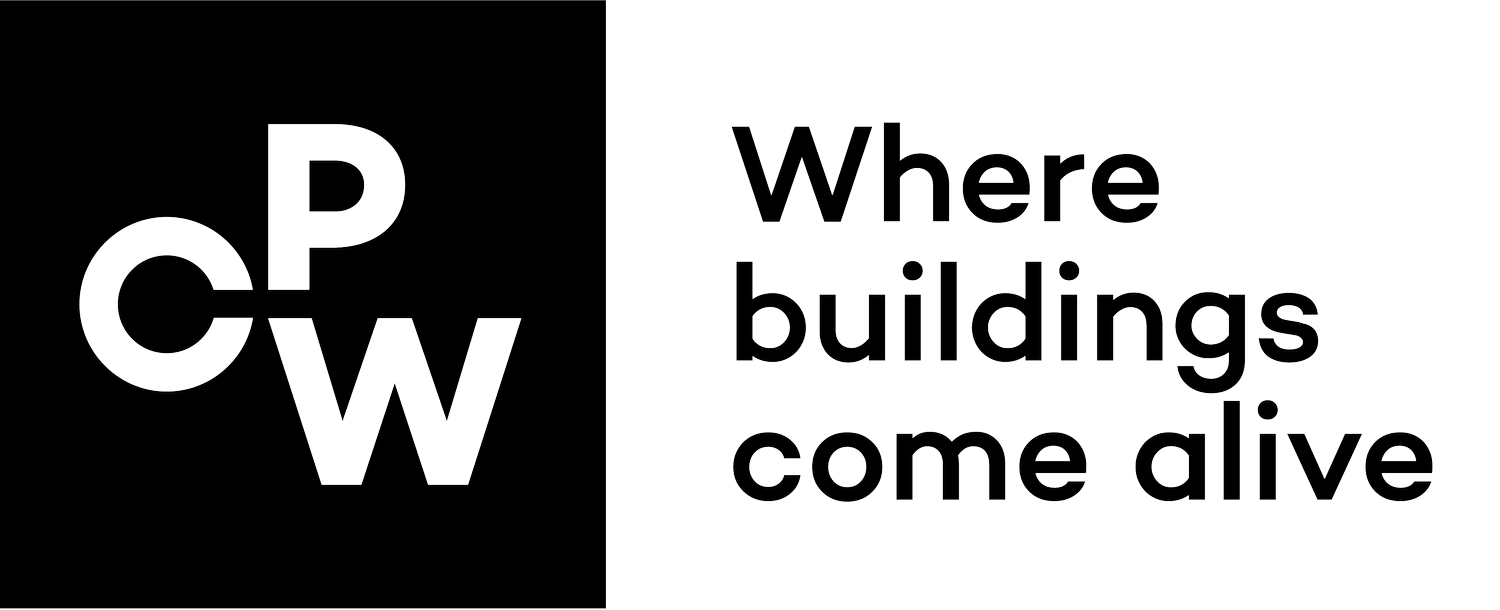Let’s talk about… the electrification of heat
Over the past 15 years, the amount of renewable electricity generated across the UK has increased dramatically. Growing from a small amount of hydroelectric capacity in the 1990s to the vast fields of solar panels and wind turbines we see today, there has been a concerted effort to reduce our reliance on fossil fuels and push towards more sustainable methods of generating power.
This has been particularly noticeable with the spread of wind turbines, which have now become a regular fixture across the nation’s countryside and coastline. Stats from earlier this year show that in January, 36% of our electricity was generated by wind, while the UK’s new generation of turbines set records for most power generated by wind three times in 2022.
All of this means that carbon emissions of the electricity grid are already less than natural gas, and it is on track to hit zero by 2035.
What is electrification?
With those targets in mind, it’s no surprise that the UK government is looking to ban gas boilers in all newbuild homes from 2025, with the aim of making our housing design practices more sustainable.
Currently 84% of the UK’s heating and hot water demands are met through burning natural gas or oil, so getting this percentage down – and the percentage using electricity generated from renewable sources up – is essential.
If we can move this to electricity, we can instantly decrease our CO₂ emissions, and help reduce our impact on the climate. For many, this will mean exchanging their gas boiler for an electrically powered heat pump.
A heat pump takes heat from the outside air, ground or water, and then pushes it through the hot water system in the building. The pump is electrically powered but can generate anywhere from two- to six- times more energy than it uses.
How do we achieve it?
These work most efficiently in heating the water to 55 degrees Celsius, rather than the current industry standard of 80 degrees. Therefore, for this approach to be effective, we would ideally need well-insulated buildings to stop the heat we’re putting into the rooms immediately escaping.
For new buildings this can be planned into the construction. For older buildings however, some retrofitting is likely to be needed before we can make the most of heat electrification. In the meantime, we need other solutions to make our current heating systems greener and cleaner in the short-term.
Our work at Kettering General Hospital is a great example of utilising clean energy in the form of green electricity. The solution delivered was a new low temperature district heating network served by ammonia driven, high temperature, air source heat pumps (ASHP’s) – a first for the NHS.
Climate change is, without a doubt, the greatest challenge we face in these times, and we’re committed to supporting the creation and retrofit of buildings with a sustainable future in mind.
Read the first blog post in the series, let’s talk about the state of our planet.
